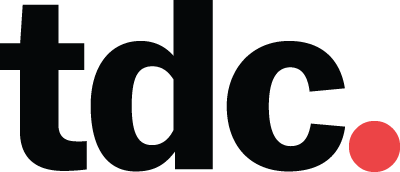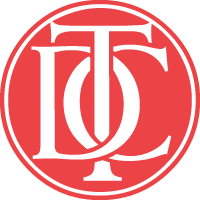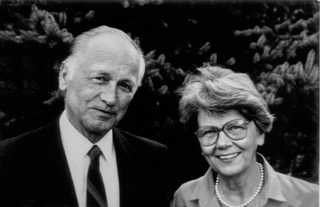Hermann Zapf
Designed fifty typefaces (covering three stages of printing technology: hot metal composition, phototypesetting, and digital typography); work in calligraphy, book typography, and writings on graphic design.
Hermann Zapf (pronounced “tsáff,” born November 8, 1918) was a German typeface designer who lived in Darmstadt, Germany and was married to calligrapher and typeface designer Gudrun Zapf von Hesse.
Zapf’s work, which includes Palatino (1948, named after 16th century Italian writing master Giambattista Palatino) and Optima (1952, a flared sans-serif, released by Stempel in 1958. Zapf disliked its name, which was invented by Stempel’s marketers), has been widely copied, often against his will. The best known example may be Monotype’s Book Antiqua, which shipped with Microsoft Office and was widely considered a “knockoff” of Palatino. In 1993, Zapf resigned from ATypI (Association Typographique Internationale) over what he viewed as its hypocritical attitude toward unauthorized copying by prominent ATypI members.
In 1935, Zapf attended an exhibition in Nuremberg in honor of the late typographer Rudolf Koch. This exhibition gave him his first interest in lettering. Zapf bought two books there, using them to teach himself calligraphy. He also studied examples of calligraphy in the Nuremberg city library. In 1938, Zapf designed his first printed typeface for D. Stempel AG and Linotype GmbH of Frankfurt, a fraktur type called Gilgengart.
In 1976, the Rochester Institute of Technology offered Zapf a professorship in typographic computer programming, the first of its kind in the world. He taught there from 1977 to 1987, flying between Darmstadt and Rochester. There he developed his ideas on digital typography further, with the help of his connections in companies such as IBM and Xerox, and his discussions with the computer specialists at RIT. Zapf used his experience to begin development of a typesetting program called the “hz-program”, which Adobe Systems acquired and later incorporated in their InDesign program.


